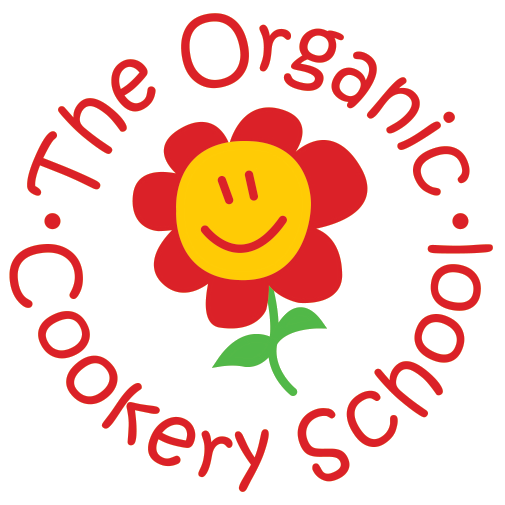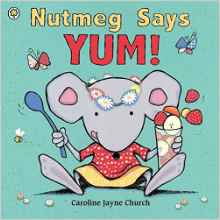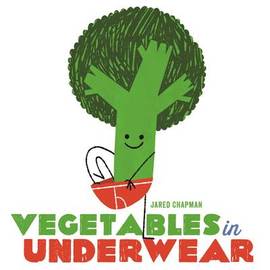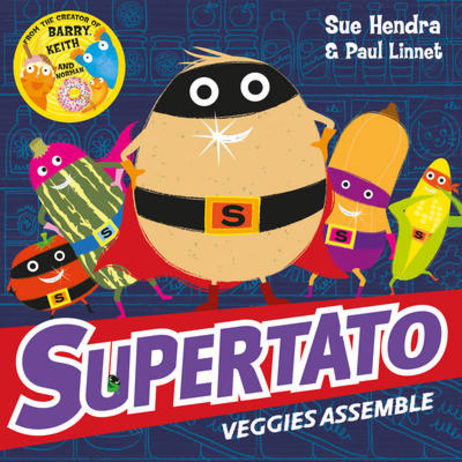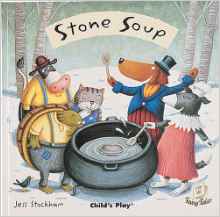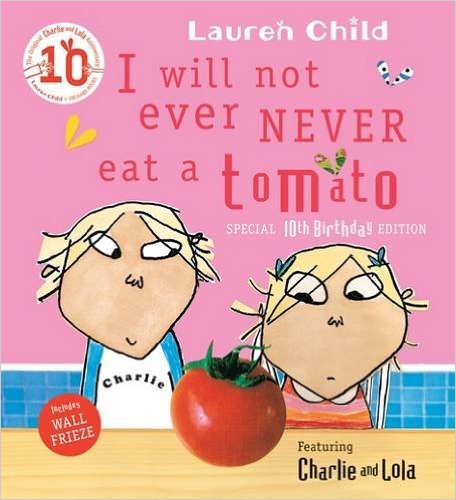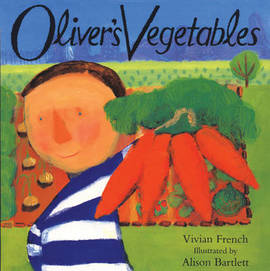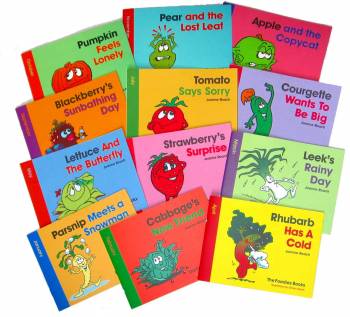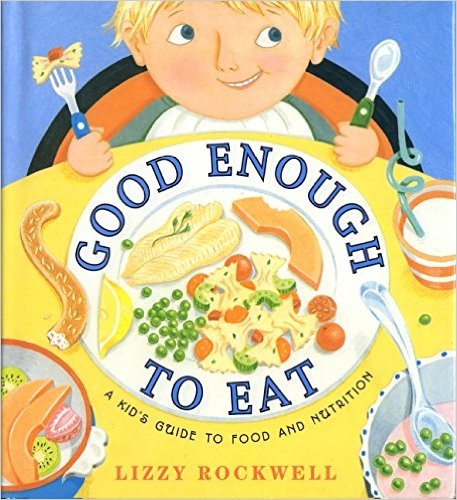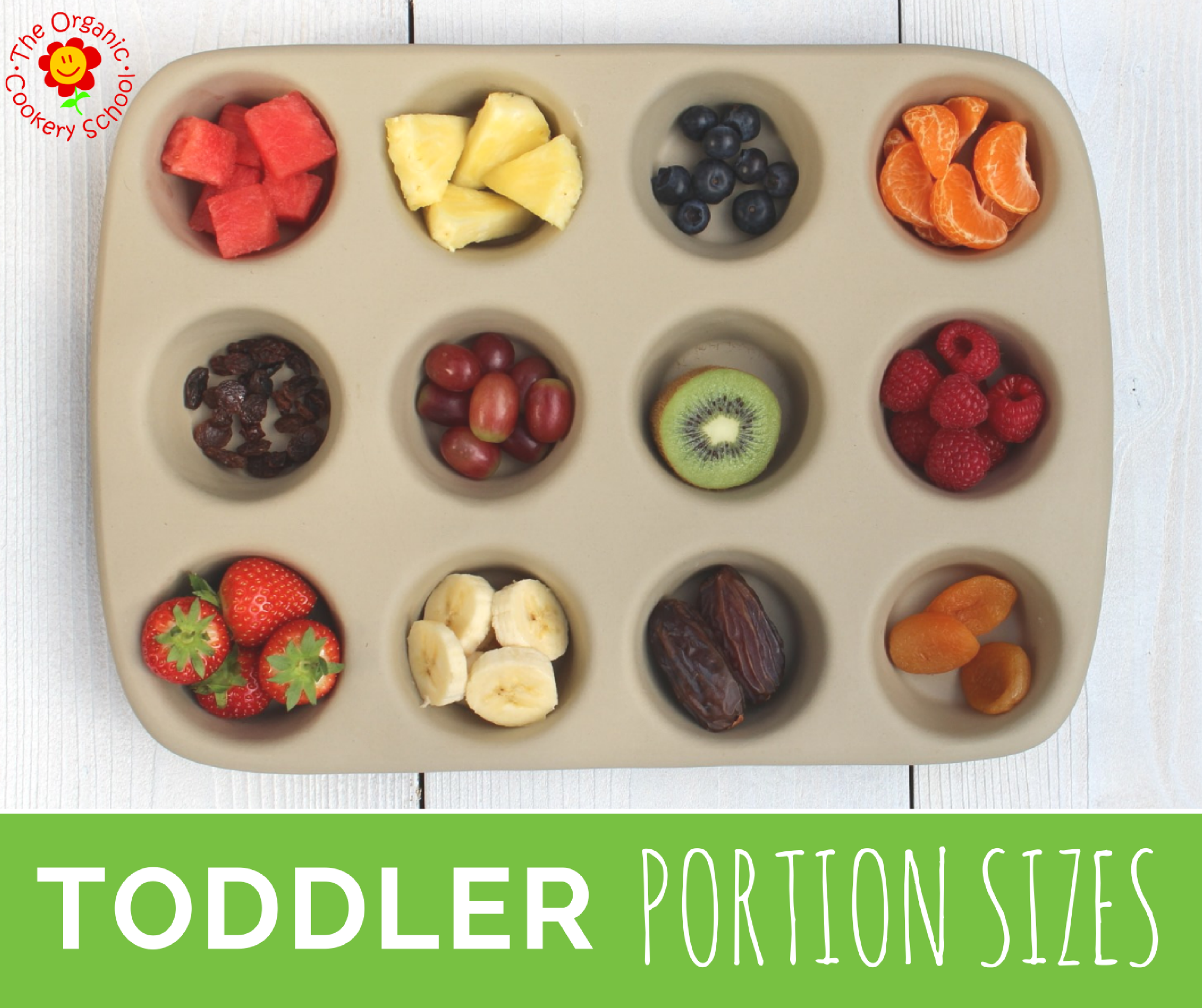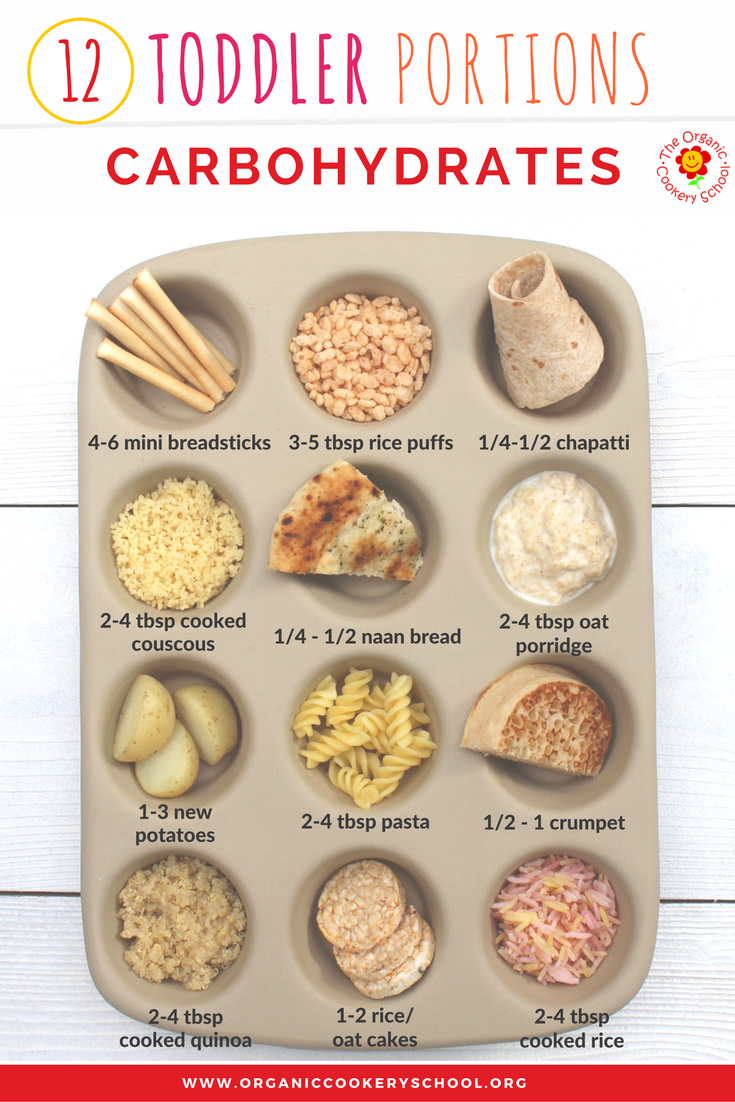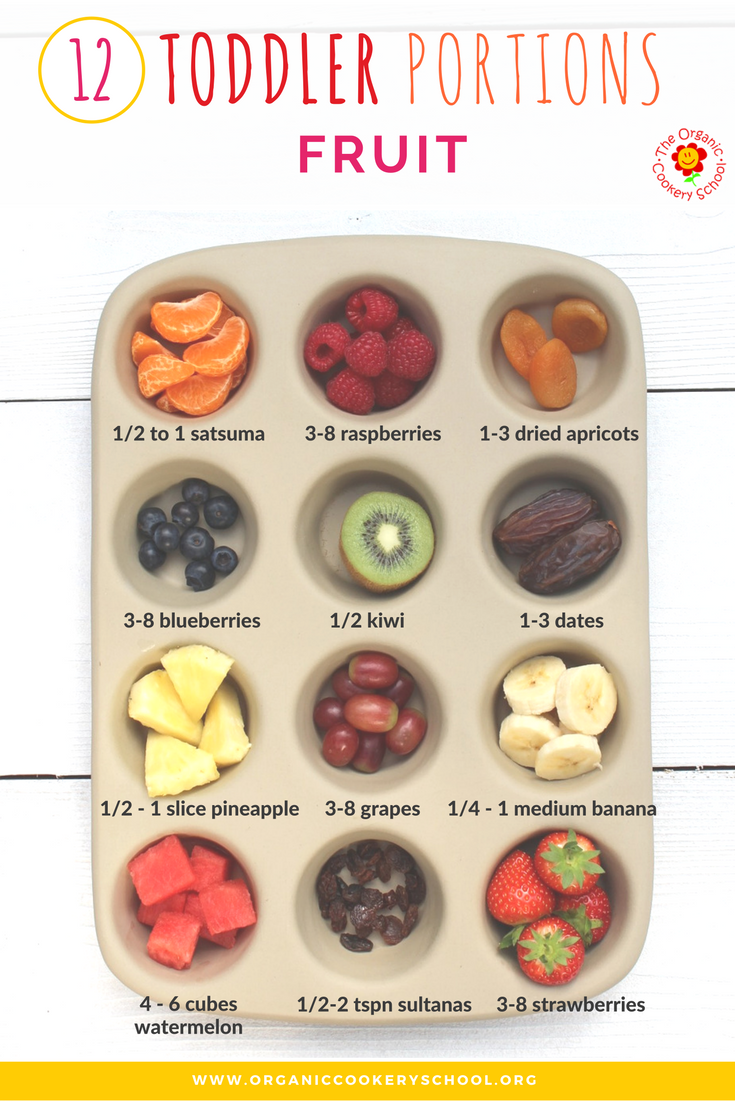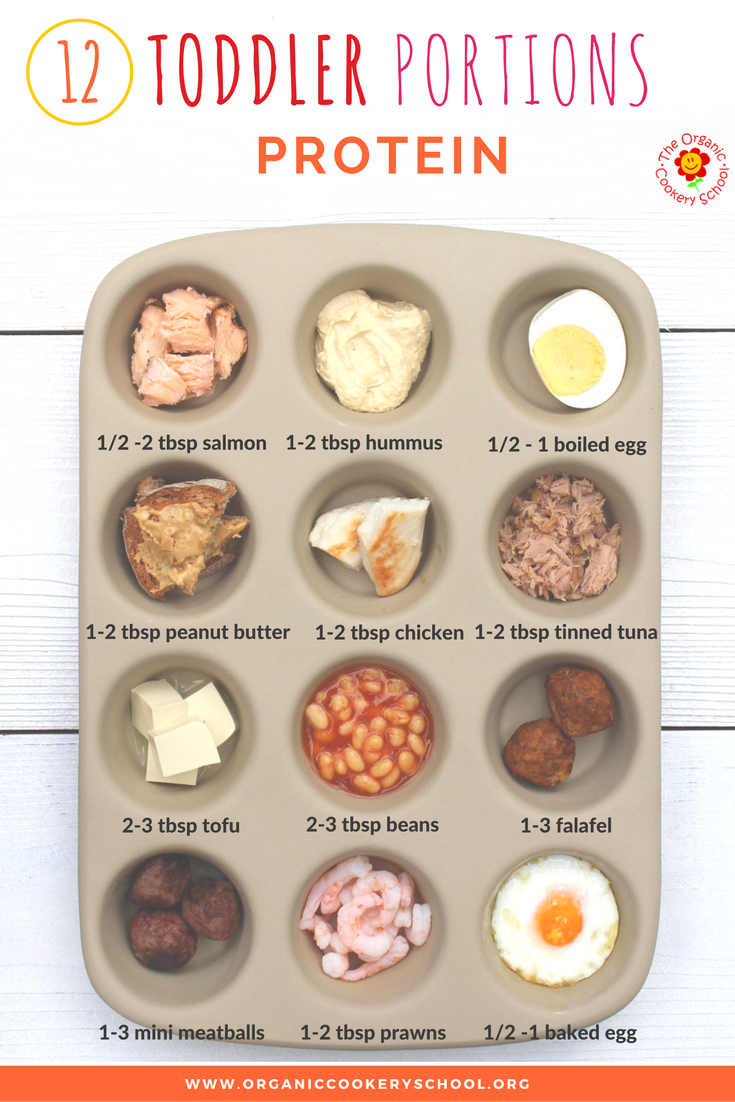CMPA affects between 1.9 – 4.9% of young children and is the leading cause of food allergy in infants and young children younger than 3 years (GP INFANT FEEDING NETWORK), with many growing out of their symptoms by the time they are toddlers. However the journey from diagnosis to treatment (and solving baby pain) can be long and convoluted.
Many mums start with their Health Visitor or GP, and have to return time and time again to be (eventually) referred to a paediatrian, and dietitian.
With such high occurences, we thought it valuable to talk to parents who've been through this, and (just about) escaped intact - many of whom have gone on to blog about their experiences and offer support to other families on this journey.
The aim of this article is to illustrate the recurring point that you know your baby best - and if they have any symptoms associated with CMPA, you have a right to expect these symptoms to be addressed as soon as possible.
We'll be exploring this issue in further depth in our upcoming dietitian-led parent workshop (online on 7th June, book a place here), when Nishti from Nishti's Choice will offer her advice on self-diagnosis tools and resources which will help you evidence your baby's problems to health care professional and get support as soon as possible.
Resources include:
Nishti’s Choice - My Baby’s Assessment (to self diagnose)
Nishti’s choice - My Baby’s Symptom Tracker (to show to your healthcare professional)
The Milk Ladder Symptom Diary (to help you through the milk ladder)
CMPA Food Fact Sheet (to help you check food labels)
Alternative Products for the Dairy Free Diet (to help you pan your meals, especially if breastfeeding)
Book your place on the parent workshop here
But now it's time to hear from the ladies who've been through this.
Emma's story, (from Free From Farmhouse).
It took 9 months to get my son officially diagnosed, despite terrible eczema, frequent doctors visits, a trip to A&E and reactions during weaning. With my daughter I knew from day one but I still had to fight for a diagnosis and dairy free formula. Unfortunately it's such a common story. I interviewed lots of experts for my book about living with allergies, which comes out next year with Allergy UK, and they all know the issues but still have a hard time getting GPs to recognise symptoms.
Nina's story, (from Non-Ige Baby).
It took (sic) around 28 days for my youngest - he couldn’t lay flat for vomiting, his skin was awful and at the point when he struggled to breathe even when bolt upright he was diagnosed. My eldest is still waiting and she’s nearly 3. Luckily she’s able to drink oat milk and is willing to take supplements! I don’t think she’ll ever get any help if I’m honest- it was a battle with my son when the problem was plain as day to everyone who saw him.
Becky's story (from Incredible Isla)
We (sic) sSelf diagnosed after 5 months. Immediate dietitian referral who has been amazing in helping us through multiple severe food allergies .
Laura's story (from Five Little Doves)
(It took) 12 months with my first daughter and 9 months with my second. My second daughter was in and out of hospital for 9 months before they finally took it seriously and ended up really unwell. I wish I had pushed harder.
Sarah's story (from Mummy Cat Notes)
It took six months to finally get a diagnoses with my son, none of the doctors believed me and I had to change his milk that was recommended to me by a friend to show that milk was effecting him and they finally accepted it. it’s shocking how it’s one of the most common childhood allergies but no one believes it.
Laura's story (from Edinburgh With Kids)
It took (sic) 14 months here. After an initial hospital visit at 3 months due to a lot of vomit, we were in and out of doctors visits as she went from vomiting and weight loss to chronic constipation, finally got referred to allergies at about 9 month but another 5 to actually be seen.
Zoe's story (from Mummy and Liss).
It took months for me to get a diagnosis for my daughter, I knew it was more than 'just colic' and I was right. In regards to speeding up the process of a referral.. just keep on at them, it sounds bad but do not back down or you will be turned away.. hang in there & just know that you're not an annoyance, you're doing what's best for your baby
Lauren's story, (from Dilan and Me).
It took several months here. My little boy was sick all the time (actual puddles of sick everywhere we went), then his weight gain flat-lined. He fell below the second centile and was diagnosed as “failure to thrive” but no one knew why. I began to suspect CMPA as a friend's baby just had that diagnosis. At 6m we started BLW and he had some chicken cooked in a cream sauce, then immediately came out in hives everywhere it had touched. Luckily he hadn’t ingested any. We both cut out dairy and soya immediately (I was Breastfeeding) and his sickness stopped, and his weight shot up. So basically it was completely diagnosed by myself with very little healthcare professional support. I was dairy and soya free for 2 years until he self weaned, and he’s very very slowly progressing up the milk ladders now at 4.5.
I advise mums to research as much as they can for themselves, and to read the MAP guidelines which health care professionals should be following. Unfortunately you have to be quite pushy and really advocate for your child to get the support you/they need, but I find showing a GP the guidelines in black and white tends to get them to act and actually refer you to wherever you need. For breastfeeding mums in particular a dietician referral is recommended because it’s important someone is monitoring their diet too for all the correct vitamins and nutrients x
Lauren has created a really helpful Dairy and Soya Free Treats list (perfect if you are breastfeeding).
Samantha's story (from Serenely Sam)
It took around 4 months for my daughter to be diagnosed. I know thats a lot faster than some but it was only thanks to my amazing health visitor. My GP was very dismissive and wouldn't listen to any of my concerns about my daughter's symptoms. She was being sick all day, explosive nappies all day, she was writhing in pain during every feed, had blood coming from her bum on a few occasions, and also had reflux. The GP refused to look passed the reflux, even when she knew that CMPA ran in my family! My Health visitor's hands were tied really as I had to go through my GP but when the GP wouldnt help, and my daughter was so ill, she referred us to a dietician herself as an emergency case. My daughter was prescribed Similac formula which immediately helped her.
Nathalie's story (from The Intolerant Gourmand)
My son had a severe allergic reaction and was rushed to A&E at 8 weeks old. But it took until he was 16 months old, and 3 further severe allergic reactions where we almost lost him, before he was finally diagnosed with multiple severe allergies, including CMPA!
I now work with a number of clients creating allergy safe recipes, lecturing with leading Paed Consultants at various conferences across Europe to help them better understand the impact of diagnosis and the time taken for diagnosis, and coach parents and children to help them to live positively with allergies.
Don't forget to join us on 7th June 2018, for our live parent/dietitian workshop. Tickets cost £10 and are limited in number.
Thank you to all the bloggers who shared their experiences in this post. Please check out their websites and let them know we sent you :)
